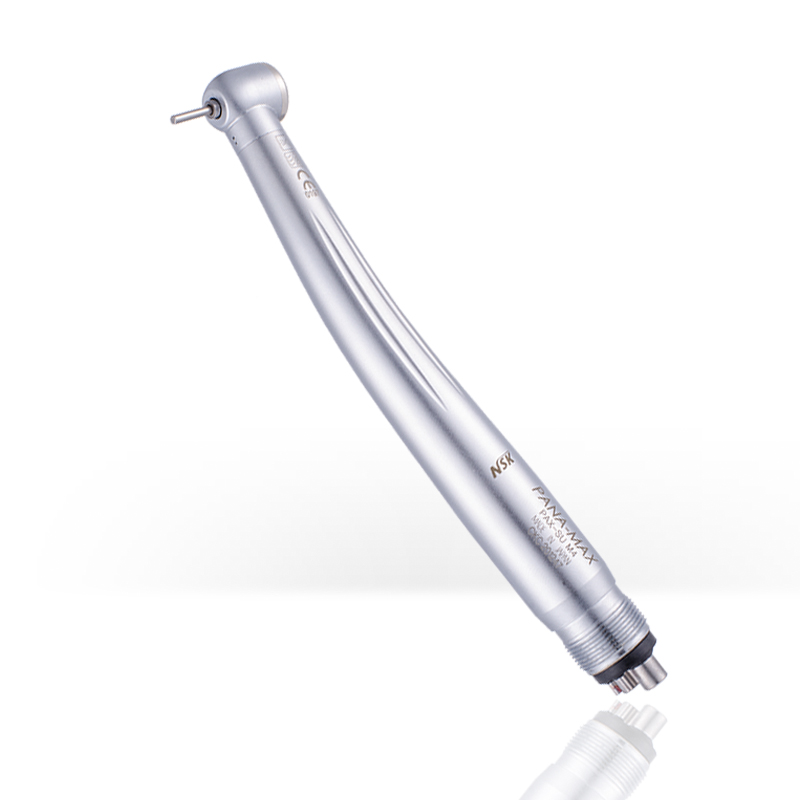
Do You Choose Children’s Toothpaste?
“You tell parents to choose a toothpaste with a fluorine content of 1,000 ppm. They may not be able to choose. You might as well tell him which brands of toothpaste you can buy!”
This paragraph is actually a bit of a shock to Xiaoya. I have been hesitant about whether to discuss which brand of toothpaste in public. I always feel that there are suspicions of saying good things about others, and that they are not good and have doubts about blocking people’s money. So I wrote toothpaste before. In the article, the toothpaste brands inside are covered by their own standards.
First look at the fluorine content
Although fluoride is strictly controversial, as of today, fluoride is still proven to be good, simple, easy to use and cheap in the stomatology community. Therefore, the choice of toothpaste is based on fluorine content.
Many children who advertise that they can swallow toothpaste may not contain fluoride, so in order to allow children to swallow but lose the protective effect of fluorine, Xiaoya personally feels quite pity.
When looking at the toothpaste label, note that “F”, “Fluoride”, and “フ ッ 素” all mean fluorine. Units are usually indicated in ppm. According to internationally accepted standards, 1,000 ppm fluorine content can be used regardless of age.
It is worth mentioning that the legal regulations of different countries are different. For example, the Japanese government stipulates that children’s toothpaste without foaming agents should not contain more than 500 ppm of fluorine. In Japan, the Ministry of Health, Labour and Welfare recommends that children under five years of age use fluoride in toothpaste. The toothpaste in foam form is 1,000 ppm, and the toothpaste without foaming agent contains 500 ppm.
After reading the fluorine content, is there anything else to pay attention to?
Before answering this question, let ’s take a look at the toothpaste on the market and the ingredients on the outer packaging.
- Fluoride, rubber powder, foaming agent, fruit flavor, glycerin.
- Fluorine, hexanol, silicone.
- Glycosyl trehalose, xylitol, sodium fluoride.
- Fluorine, sorbitol, calcium glycerophosphate, vitamin E, abrasives, etc.
- Sulacid: sodium fluoride.
Toothpaste has no problem with these “sugars”
And parents often ask: “Doctor, my children like to use strawberry flavor toothpaste, he is sweet, will it be easy to decay?” Sugar-based trehalose, sorbitol, xylitol, and some spices, These things will make toothpaste a bit sweet, so that children prefer to brush their teeth with toothpaste.
However, these “sugars” are of low tooth decay and even have the effect of preventing tooth decay. Parents don’t have to worry that children brush their teeth with toothpaste.
So if there is xylitol, sorbitol, or trehalose, these have a plus effect on preventing tooth decay, instead of helping more and more. So toothpaste is OK with these “sugars”!
Not much impact
Picking toothpaste in general is almost the same, but some parents may still worry that toothpaste has some other additives, such as abrasives, foaming agents, triclosan, etc., does it have any effect? Or some manufacturers say that they have added any patented tooth decay formula, would it be better?
I think the safety of a thing, besides its nature, how much it is used is also an important point. To the extent that it is currently recommended to only use rice grains under the age of 3, the use of toothpaste for children will not be dangerous. The key to oral cleaning is not toothpaste, but brushing, flossing, and eating habits.





